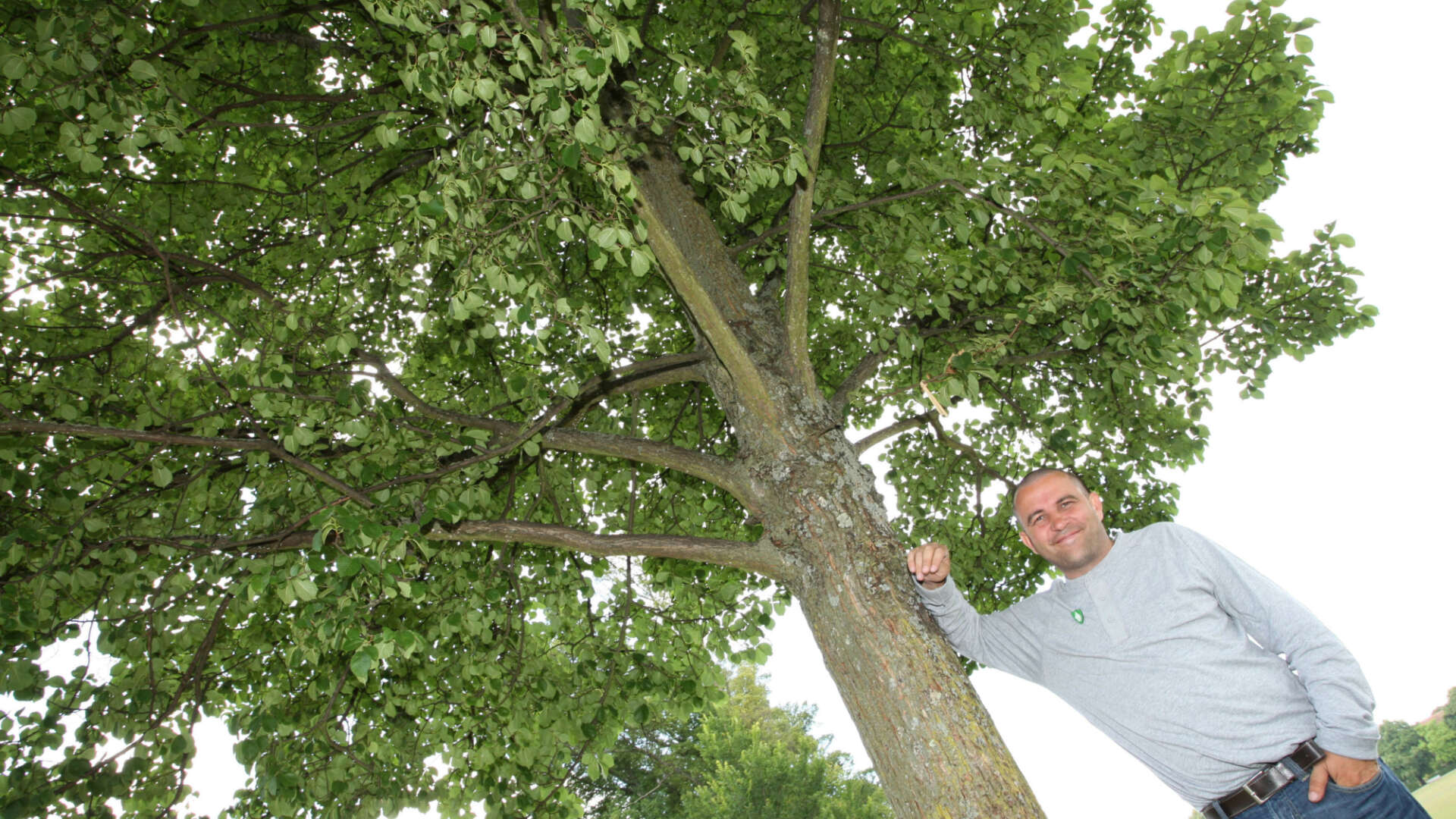Chris Collins on…planting trees

Nothing marks the passage of a gardener’s life more than the planting of a tree. Trees are the royalty of the plant world, and both a marker for longevity and our own tiny place in the universe.
The first tree I ever planted was a couple of weeks into my apprenticeship. A magnificent Cornish Elm had succumbed to Dutch elm disease, and I was tasked with planting its replacement. The successor was a standard tree of the same type, about two metres in height and a girth of around 15cm. These trees can live to more than 600 years in age - and I’m happy to say it now stands 10 metres in height in Preston Park in Brighton: a living testament to my love of gardening.
In recent years, we’ve heard a lot about the importance of trees and tree planting, but people often worry about their lack of knowledge when it comes to the process – so I’d like to share some things I practised in my time in the arboretum at Kew Botanic Gardens.
Different sizes can mean different techniques
Whips, one-year-old trees and bareroot trees can be planted in great numbers in big open spaces like motorway verges or farmland. They are planted with the vigour of youth on their side, usually in slits made with a spade. And it’s a numbers game with these large plantings, which help coppices, woodlands or hedges to establish. Apart from a tree guard to protect them from rabbits, etc, they are pretty much left to their own devices – and it’s survival of the fittest.
When it comes to your own back garden, a single-specimen, standard tree will be best. These trees need care when planting and, in their aftercare, particularly in the first growing season.
Tree pit preparation
The planting pits for standard garden trees should always be square, this encourages the tree to move into its surrounding soil. Circular holes encourage the roots to spiral and leave them vulnerable to wind rock.
It’s also a good idea to loosen the rootball, again to encourage them to move out into the surrounding soil. When it comes to back filling, use the soil that you've taken out. There’s no need to mix in compost, as this can check the tree roots need to move out into their new substrate.
Planting depth
Plant the tree to its soil mark, which indicates the original planting depth, and add a nice thick organic compost mulch on top. Make sure this is around 10cm away from the base of the tree. This creates a puddling area to enable deep watering, and you could also add a pipe into the planting pit with one end wrapped around the rootball and the other sticking out the pit to assist with deep irrigation. Always, always, always make sure the tree is firmed properly into its new home.
Aftercare for your tree
How you care for your tree in this first year is fundamental to survival. Up to 90 per cent of trees that are freshly planted die in their first season mostly through lack of water.
Root hairs, the part of the root that absorbs water, tend perish when a tree is moved so their regeneration is vital. When any dry period is observed, get out and water your tree and after a season or two the roots will be established, and self-sufficiency will take over.
The final thing to mention is staking, which is important in the first few years. Stake low down the tree, 20-40cm, as this makes sure the crown of the plant can move in the wind. This encourages it to put down anchor roots, and the stake can be removed after two or three seasons.
Grow local
When buying trees, always try and purchase locally grown specimens as they will be better acclimatised to your location and will have a greater chance of being vigorous and establishing well. Bareroot trees planted in winter are both sustainable and greatly increase your chances of success.
I leave you with a quote that perfectly sums up my feelings about trees. It’s Joseph Conrad’s observations of a West African rainforest in his Heart of Darkness:
“It’s like going back through time to the beginning, when vegetation rioted, and the tree were kings.”
I hope this encourages you to go out and plant them.